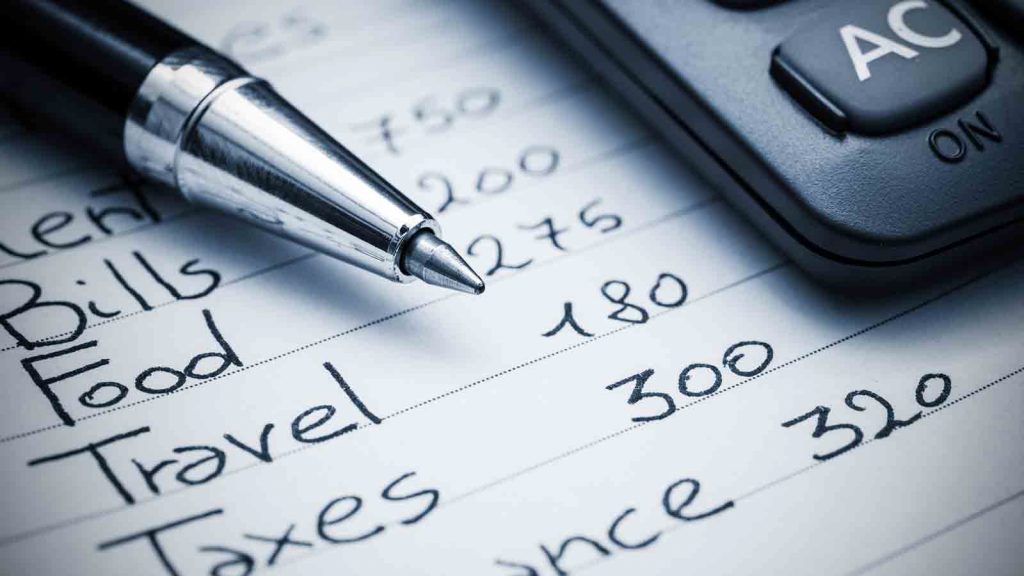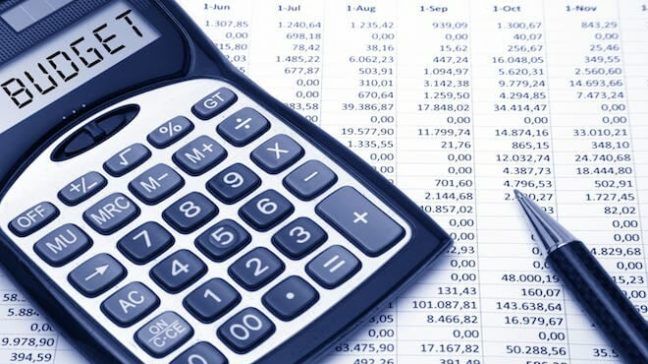If you want to take control of your financial situation, you need a budget. Budgets help you manage your spending so you can save money and avoid debt. While it may seem difficult to start budgeting, it doesn’t have to be. There are a few budgeting tips you can use to get started.
We will discuss some tips to help you start budgeting, but first let’s define what a budget is.
What is a Budget?
A budget is a plan that helps you control your spending. It’s a system that allows you to work out your monthly budget and stay on track so that you’re not exceeding your planned spending limit.
A budget is not just about numbers – it also helps people see where their financial priorities are, what they value in life, and how much debt or savings they want to have.

Here are some budgeting tips for getting started:
Method #1: Create a budget at the beginning of each month
You should always create a budget at the beginning of the month. This budget should include your fixed and variable expenses from the month before – this will make budgeting easier.
To help you budget, find out how much money is left over after covering all of your necessary costs, including living costs such as food and rent. Divide that by a number to work out what percentage it makes up (in other words, how much you have left over to budget with).
This budget should be reviewed and updated at the end of every month. This will help identify any changes in your expenses that need to be made, such as when you get a new car or increase your rent.
The budget can be a little more complicated than it seems at first. There are many budgeting methods that you can use, and budgeting software to help you stay on track with your money. Here are some of the budget types:
– Straightforward Budget – this is when income minus expenses equals zero or surplus (i.e., budget equals zero).
– Balanced Budget – this is when income minus expenses equals a surplus. This budget can be achieved by using money from assets, such as investments or savings for emergencies. It helps you to create an emergency fund that will cover unexpected costs and reduce the risk of high levels of debt.
– Spending limit budget – this budget sets a budget limit for each item of expenditure, such as $100 per month on groceries.
– Percentage budget – this budget calculates your income by the percentage it takes to cover all expenses and tells you how much is left over in the monthly budget when there are no fixed or variable costs. It can be helpful if you have irregular incomes, like if you’re self-employed.
Many budgeting tools are available to help people create and manage their budget, including budgeting apps or sites such as Mint or You Need a Budget (YNAB). These can be helpful for recording your spending habits in detail so that you know where your money is going.
Method #2: Set up an automatic transfer to save money from your paycheck
Budgets can help you save money for the future. If you want to invest automatically, you should set up automatic transfers into your savings account. This approach is very useful for people who have difficulty with avoiding spending, and it also makes saving more automatic.
For example, if you want to save $200 a month automatically from your paycheck into savings. You would do this by setting up an electronic funds transfer (EFT) of $200 per month in your payroll account at the beginning of each month.
Method #3: Use cash instead of credit cards for purchases
Avoiding debt is just as important as saving money. Using cash instead of credit cards is a good way to get started. When you use a credit card, it’s easy to be tempted by the next big purchase. If budgeting is your goal, then paying cash for everything will help lead you there!

– The average American carries $15k in debt and at 18% interest rates that could grow into over $50k of extra money spent on loans each year.
– Credit cards also have a higher APR than most personal loans, making it more difficult to budget and pay off debt quickly.
Method #4. Start Tracking Your Spending
Once you have a budget and savings plan, you need to track your spending.
One of the easiest ways to do this is with a budgeting app like Mint.
A budgeting app lets you track your income and expenses to see how much money you have left over, which helps when budgeting. It also provides helpful graphs that allow you to see what may be adding up in terms of costs or savings.
Mint is budgeting app that can automatically categorize your income and expenses, but you don’t have to use it if you’re already budgeting manually.
There are also other budgeting apps like YNAB, or You Need A Budget which would be a good alternative for people who prefer their budget on the go with an app.
Conclusion
Now that you have a budgeting game plan, it’s time to put it into action.
The best budgeting methods are the ones that you find work for your life.
Whatever budgeting style works for you, make sure to stick with it and never give up!
